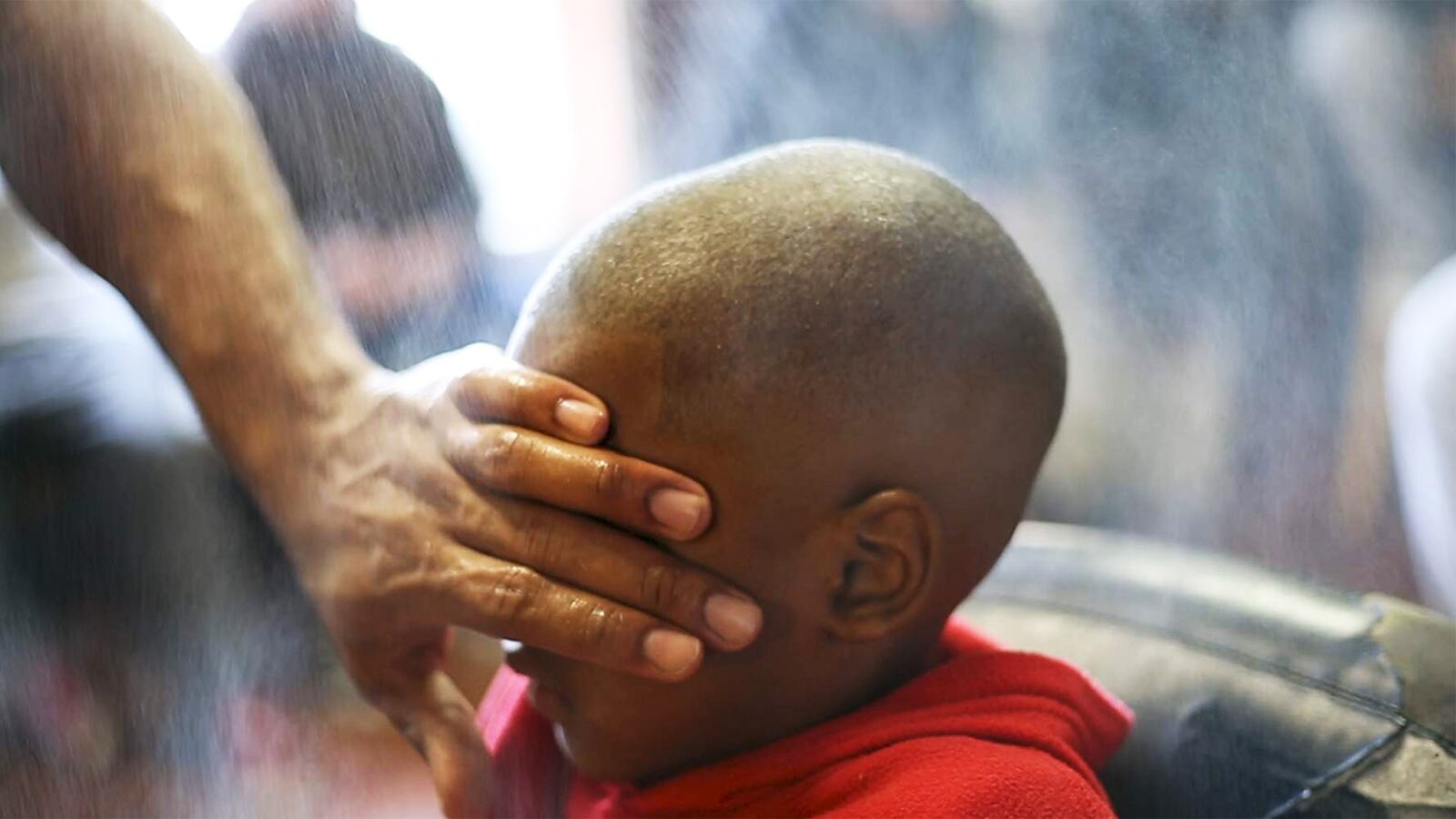In the late 1930s, James Agee and photographer Walker Evans ventured out to a place called Hale County, Alabama under assignment from Fortune magazine. The story never published. But Agee and Evans’s artistic scavenger hunt resulted in a work more legendary than they could’ve imagined: Let Us Now Praise Famous Men, an elegant, peculiar patchwork of prose, reportage, and images centered on the families of forsaken tenant farmers.
Nearly 80 years later, another compassionate portrait of Hale County has emerged courtesy of the multitalented RaMell Ross, a photographer, filmmaker, and all-around sage observer. Hale County, This Morning, This Evening, Ross’s majestic documentary debut, grew out of the years he spent in Alabama after college overseeing a youth program and coaching basketball. It was there that Ross met Daniel Collins and Quincy Bryant, two young black men whom the documentary follows over a five-year span.
Hale County is the type of film designed to violate common rules of cinema. Story gives way to lyricism; there’s little dialogue, minimal plot, minutes upon minutes of pastoral imagery. In the tradition of Dziga Vertov’s Kino-Eye, Ross’s lens captures a reality that’s rarely seen by the human eye, zeroing in on a bee caught in the bed of a pickup truck, or a tattered basketball hoop against a starry sky. There are pivotal life moments, too—births, deaths, ceremonies—but Ross doesn’t show bias toward these episodes. Rather, he treats the banal and the momentous equally: with placidity, patience, and respect.
Ross documents Hale County as a rural, majority black town with sprawling fields, wild skies, and dark concrete lots. But, for the most part, Ross withholds any real sense of place, opting instead to deliver lengthy shots of country landscapes out of car windows and static takes in the town church or on a family porch. The passage of time is fuzzy, too, marked only by the gradual growth of Quincy’s son—from newborn, to infant, to energetic toddler in a Lego Movie t-shirt—as well as the progression of Daniel’s tenure on the Selma University basketball team.
Yet we never fully get to know Daniel and Quincy, at least not interpersonally. In a small handful of moments, the men address the camera to provide glimpses of personality, plans, and aspirations; but these few testimonials dissolve into a fluid collage of sequences of them just going about their lives. Where, in a traditional documentary profile, character arcs and motivations would come into focus, Ross maintains distance. Feel free to observe in fits and starts, the film seems to say, but don’t presume to think you can understand these men or this community.
A question of representation rings throughout the documentary, introduced in an opening title that declares Ross’s mission as: “using time to figure out how we’ve come to be seen.” A black Alabaman himself, Ross is less interested in our understanding of Daniel and Quincy as characters than in the politics of us observing them. At times, Ross frames the men, solo, against uniform backdrops. At others, he sets the camera in a crowded space, prompting us to watch as his subjects dance in a parking lot, romp in a locker room, or sob in church pews. “How do we not frame someone?” an onscreen intertitle (evoking silent film) asks at one point. Black bodies have been manipulated and exploited onscreen since the dawn of cinema; Ross’s timely project, like Agee and Evans’s before him, is to reclaim representation of a group that’s long been mishandled.
This thesis comes into rare focus in a moment set inside a classroom. After we hear a woman at the front refer to the rural community as “impoverished,” a man speaks up. “As a city kid, every year I came down here. It was a joy to take my shoes off and run on the red clay, a joy when I was taught how to wring a chicken’s neck,” he recounts. The message is clear: A poverty of capital doesn’t always align with a poverty of beauty or love.
At just over an hour, Hale County is a tiny, rough gem of a film—an irresistible visual poem of imagery and emotion. In one of the film’s most stunning scenes, Ross shoots outside a plantation, chatting with a man who’s tossing wood into a bonfire. Smoke billows through the sky, spears of sunlight beaming through as the plantation mansion towers nearby. For us, the meaning of the moment may still seem obscure; but the feeling we get in observing it is crystal clear.






